
AUSTRALIA: Increased international travel in 2024 leads industry to specuate on Air travel trends for 2025
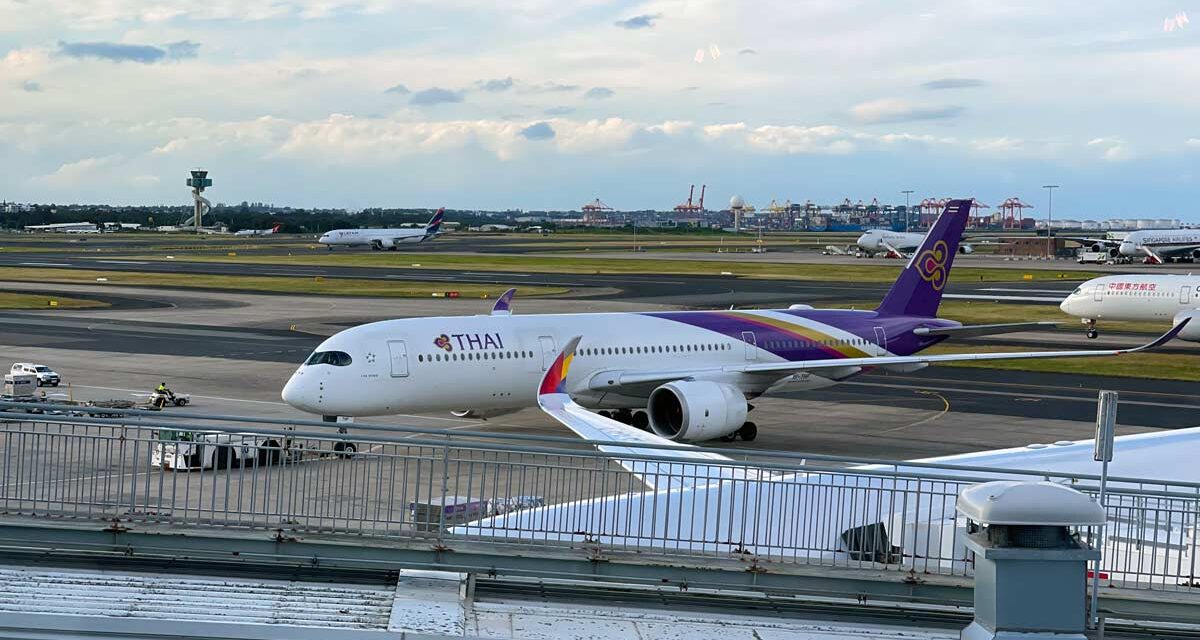
International travel activity at airports is an often forgotten indicator of the health or otherwise of the airline industry. With most of Australia’s major capital city airports in private hands, we have to rely on their peak bodies’ observations rather than what they tell the Australian Stock Exchange.
Simon Weserway, CEO of the Australian Airports Association, and some of the other major Airport CEOs have passed on their observations to Jenny Wiggins at the AFR. New routes and more frequencies should put downward pressure on airfares, but others think that with strong demand and disrupted supply chains still affecting engine and aircraft delivery, that might be hopeful thinking.
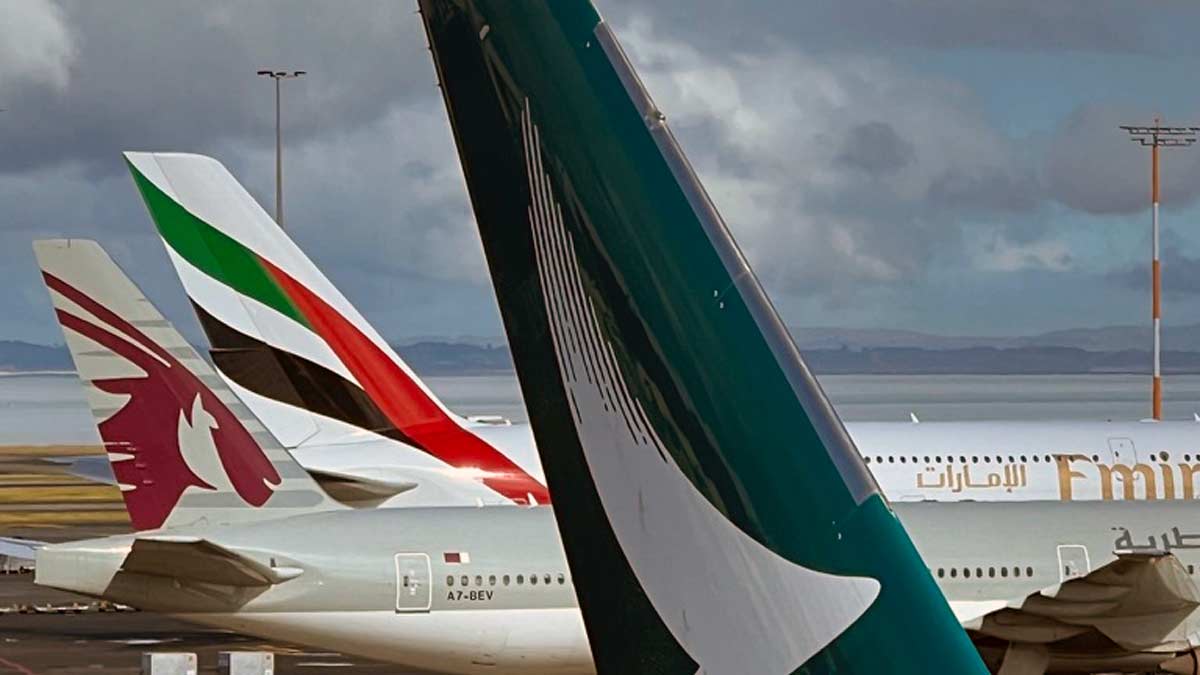
Content of this Post:
International business is booming
We are back at pre-pandemic levels of international travel, and about to surpass it. Australia, largely as a long-haul international market has been slower than some others to bounce back. But now it is. For example Sydney Airport is looking at growth of 300,000 in international travellers over the 2024/25 holiday period compared to pre-pandemic rates.
Airlines have significantly increased their flights especially between Asia and Australia. Singapore Airlines has 21% more flights than in 2023. Hong Kong based Cathay Pacific has increased its flights by 29%. Thai Airways by 67% more weekly flights, as it comes out of its recovery plan.
New routes are being created. One example is the November 2024 launch of Turkish Airlines flights between Melbourne or Sydney and Istanbul. The Sydney route is a first. It will increase to five weekly flights in June 2025 and become non-stop when Turkish Airlines has its A250-1000s delivered, expected in 2026.
However, the significant restraint on this increased activity is the backlog of aircraft supply. IATA (International Air Transport Association) estimates a backlog of 17,000 planes that have been ordered but remain undelivered.
Increased frequencies and new routes are adding to capacity and competition on the Australian international travel scene, but that’s less true of domestic travel.
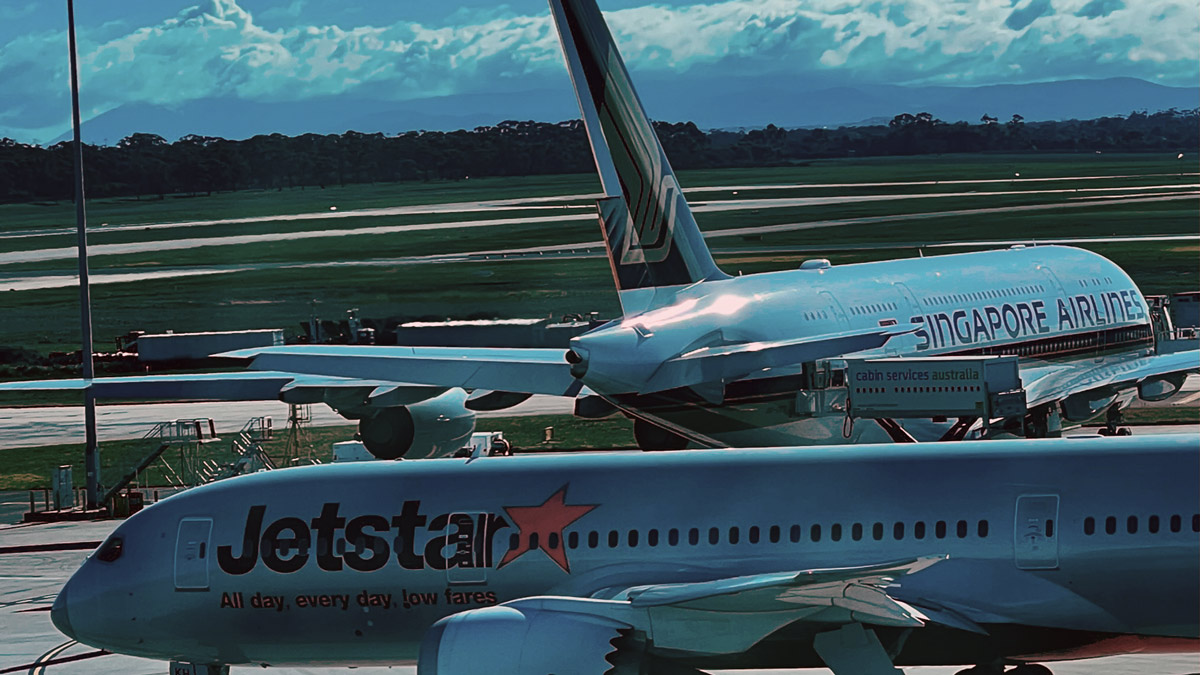
Domestic competition diminished
The competition outlook on the domestic scene is less optimistic. REX has abandoned its inter-city routes. Bonza has disappeared which essentially leaves Australia with a duopoly of the Qantas Group (including JetStar) and Virgin Australia. That makes the domestic Australian skies much less competitive, so don’t expect prices to plummet any time soon.
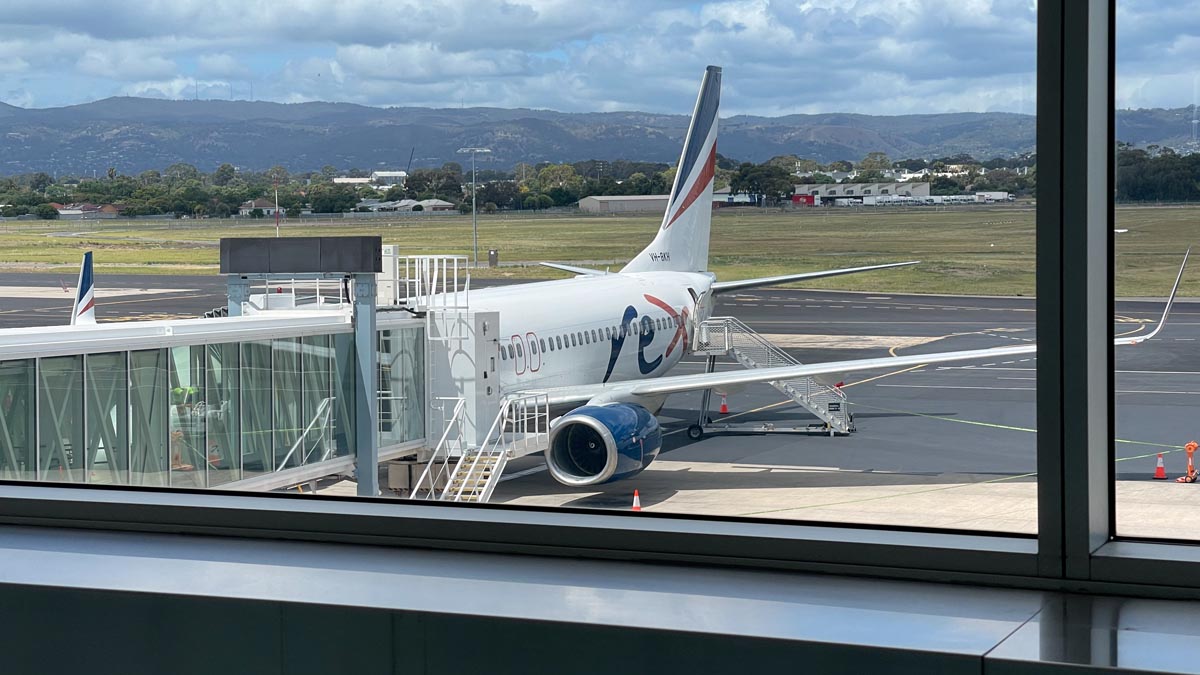
Are airfares up or down?
The decrease in international fares has been patchy. It depends which market you look at. Japan is an example of a big drop — 9.7% down on late 2023 when compared to late 2024. The USA sits a little over 5% down, with the United Kingdom at a decrease of 2.3%. But if you look at the decrease over the whole international market, then for economy fares it is a mere 1.3%.
Significant growth in international travel
If you are looking for significant growth in flights, look to Sydney and Brisbane. Brisbane Airport has become a bit of a hub for flights to North America, now operating 31 weekly flights, an increase from pre-pandemic levels.
Sydney Airport now hosts nine Chinese airline operations. The latest is Juneyao Air, which offers four weekly services to Shanghai. Even Adelaide Airport is growing, with China Southern Airlines resuming flights to Guangzhou.
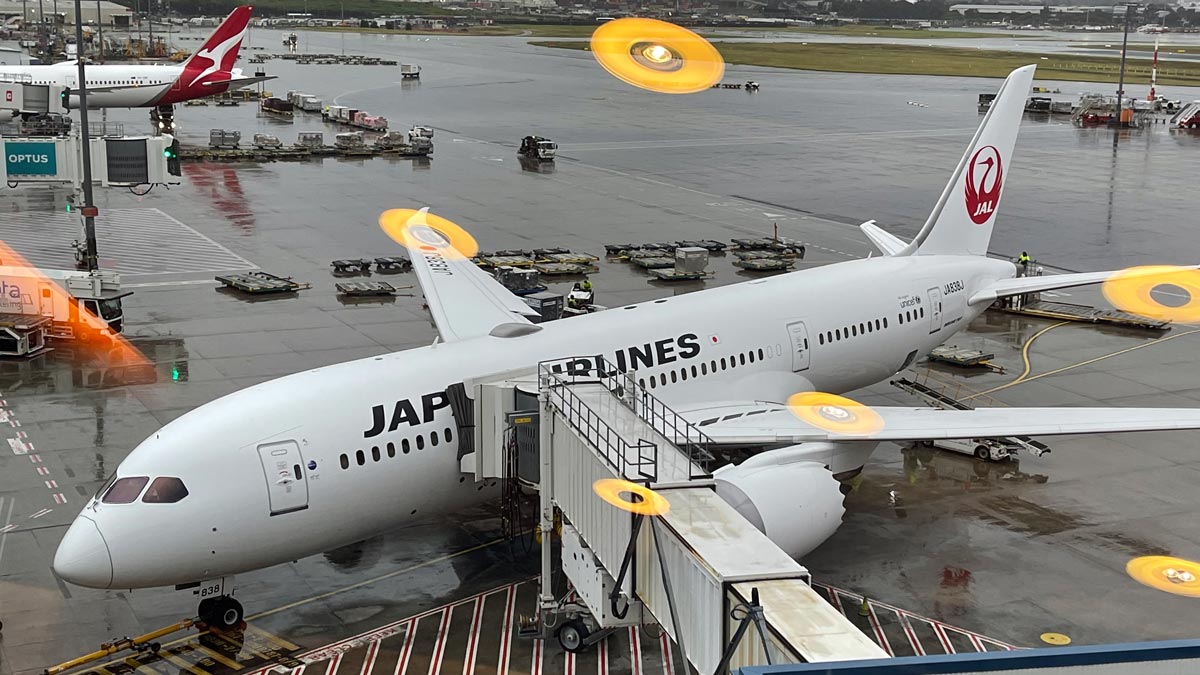
International v Australian-based carriers
Australian Airlines is at a relative disadvantage to some of the larger international operations—think Emirates, Qatar, and Singapore, to name a few. They all have much greater global networks that they can draw on to service flights to and from Australia. Qantas and Jetstar fly to a comparatively much more limited number of international destinations.
Qantas attempts to augment this through its partnership with Emirates and its membership of the OneWorld alliance.
Virgin Australia’s wet-leasing of Qatar Airways planes and crew and its new partnership agreement will alter the balance of competition on international routes between it and Qantas—or ‘even it up’, depending on your view. It certainly will add spice to the completion mix, presuming the accompanying part ownership deal of Virgin Australia by Qatar Airways is approved.
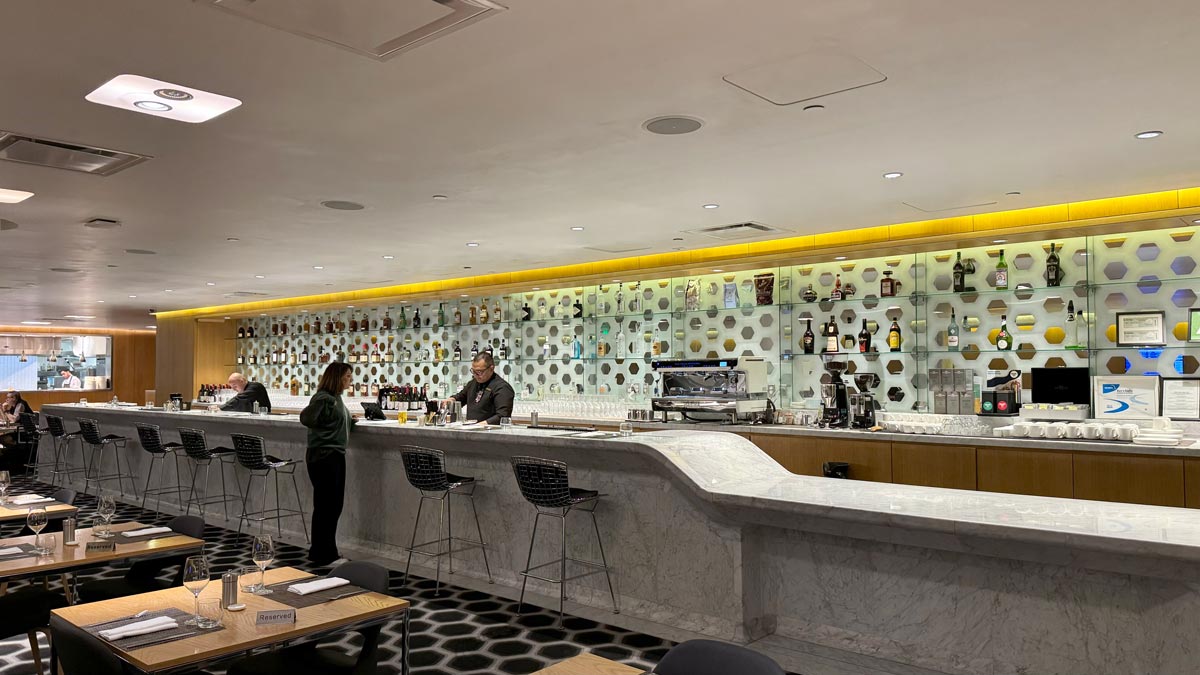
2PAXfly Takeout
So, where does that leave the consumer?
I’m not sure, and that’s partly because this is a dynamic situation.
We have a series of trends that need to be gradually rolled out before we see their interaction. New Airlines entering the scene, new routes, new frequencies, and longer-range aircraft will all play their part in the market. And that’s before we consider price, service, technology, sustainability, let alone the impact of AI on this somewhat Luddite industry.
I hope that in 2025, the combination of competitive dynamics, supply constraints, and technological advancements will improve the future of air travel in Australia and worldwide.
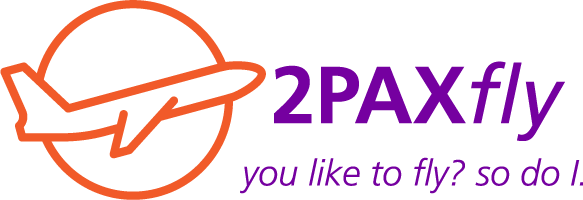
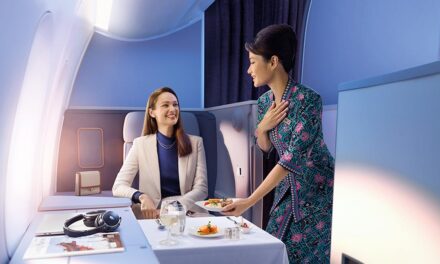

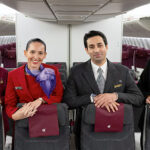
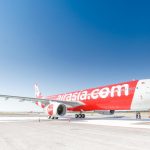
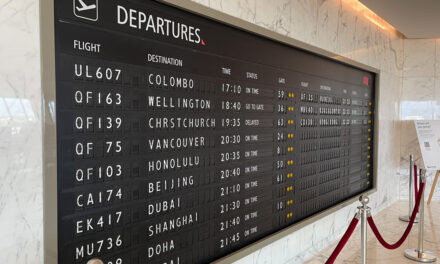
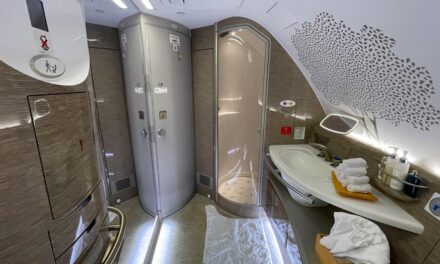

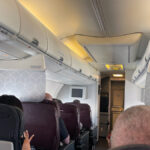


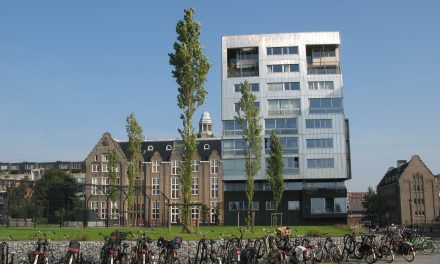
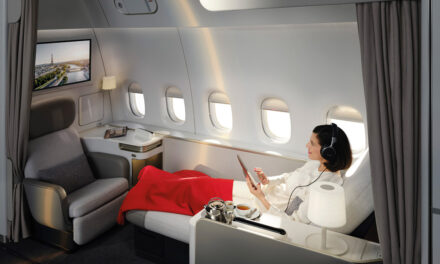
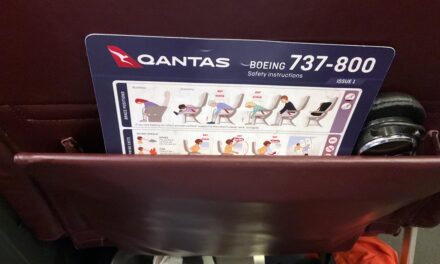
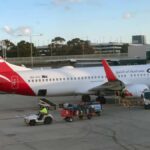

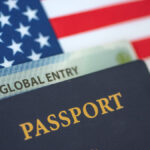
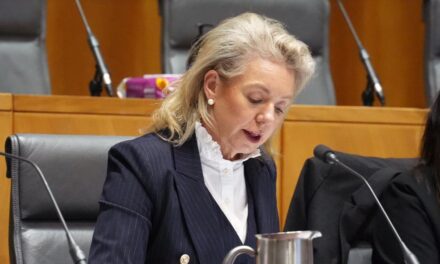

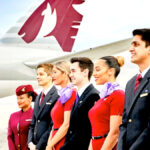



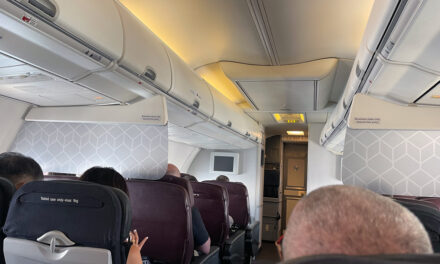



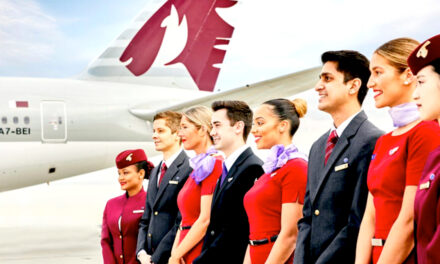





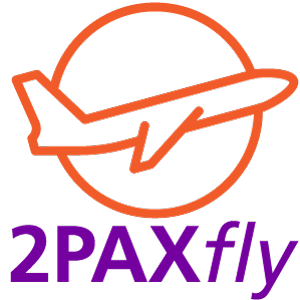
Happy New Year 2 Paxfly
“We’re does that leave the consumer “
If you live in Bne, Syd,, MLB , your in a better situation Than us in Townsville . Two hrs toBrisbane ,3 hrs to Syd at great expense . The big Cities taxi-UBER to the airport and greater selection of flights
I do appreciate that airlines will only go to Cities that they fill aircraft . I do know airlines like to fly direct , on some seasonal flights do make a one hour stop over
Singapore – Seattle – Vancouver
Scoot – Singapore Athens- Berlin
Singapore – Malian -Barcelona
Silkair – Singapore – Darwin- Cairns – then de couple 2019
If not regional airports will expensive
infrastructure
Recently KKR and Scott Farquhar payed 3 Billion for Gold Coast ,Townsville, Longreach , Mt isa airports
They could start a triangle service
Gold Coast-Townsville – Singapore
To recoup some of there. 3 Billion
Keep up the good work and all the best with your endeavours.in 2025
Hi Bill, thanks for your good wishes, and the best for 2025 to you too.
I am not sure about the triangle service you propose, but I agree that the new owners of those airports will be trying to extract every last cent of income out of their newly purchased airports. That along with the Queensland Governments tourism/airport fund might see some innovations – and hopefully some of those will benefit the residents of Townsville.